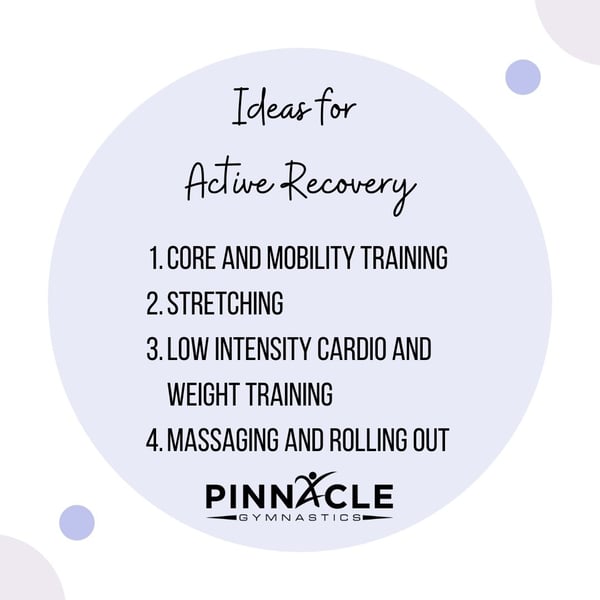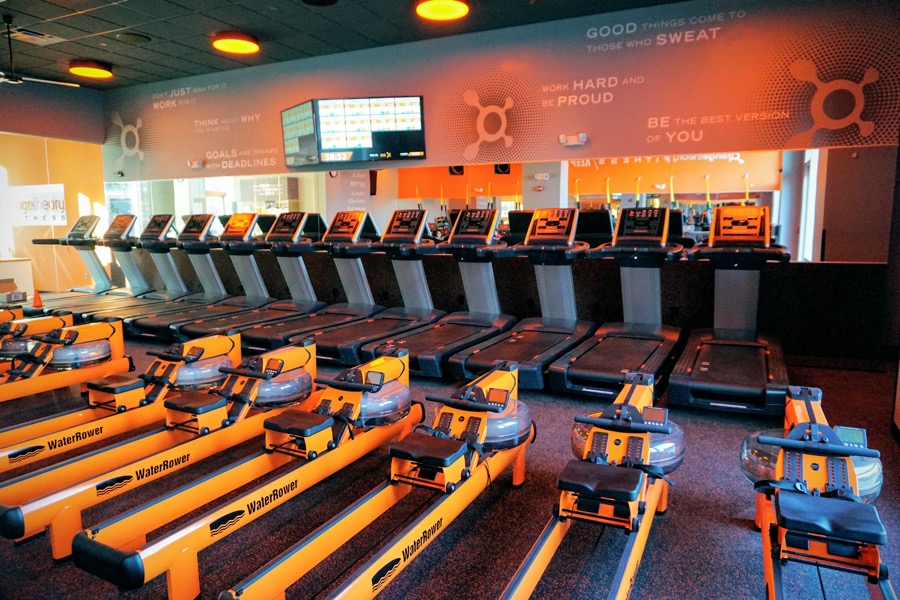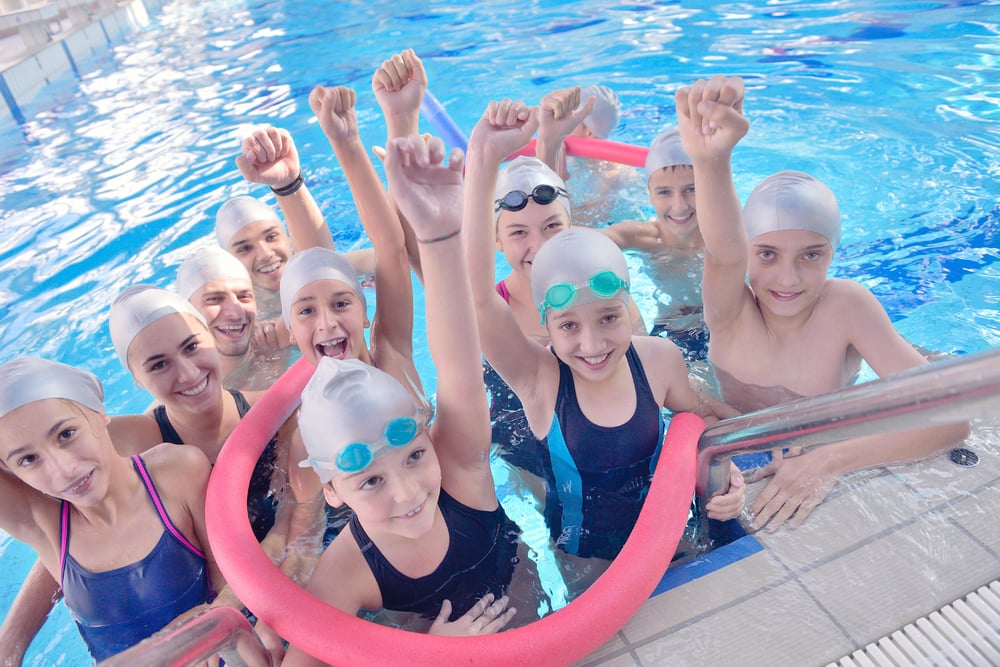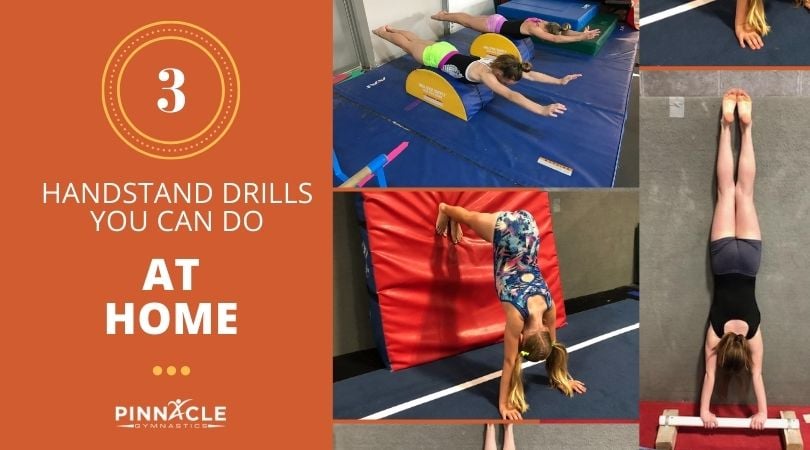Rest days are important for any type of athlete. Getting the adequate amount of rest time on a recovery day allows the body to adapt to the previous stress caused on the muscles. This allows for consistency in performance as well as the athlete continuing to want to train in general.

This could be harder to suggest to an athlete as most don’t really have a day off. They train, then compete which causes them to always be active. This causes huge amounts of lactic acid build up. How to counteract this is simple: incorporating strength training and active recovery into the training plan that fits the schedule of whatever sport the athlete participates in can better their performance when that time comes.
Knowing exactly what this means and being able to explain why it's important to anyone taking part in physical activity is important whether it's coming from a parent or a coach.
What Is Active Recovery?
Active recovery is a low-Intensity exercise or activity. This can typically follow a game day or high paced exercise session. This can also be added during the workout or on a rest day.
On a rest day this could mean taking a break from any physical activity and giving your body time to recover on its own. During the workout you can incorporate times within the middle of sets for an athlete to slow their heart rate before continuing to the next set also giving their body time to slow down. Post workout or what most know typically call a cool down usually could be a brisk walk and light stretching to bring the body temperature back down and regulate blood pressure to help lower muscle tension.
A lot of athletes are different when it comes to how their body responds when doing physical activity. However most of them feel tired of fatigued after the workout is over. Some are sore hours after and then there are the ones who suffer from DOMS. Delayed onset muscle soreness (DOMS) is when the body responds with tightness of the muscles 48 hours post exercise. As a trainer or coach sometimes hearing a client say they are sore is a good feeling because it seems that your workout was good and you gave them a quality session. However, sometimes working an athlete to where they can’t move the next few days can cause a few issues whether it be them not wanting to continue or wanting to take too much time off and eventually falling off their routine.
This is why it is important to focus on learning your athletes workout and figuring out how much their body can take and implementing proper recovery techniques that suit the individual.
Different Workouts for Active Recovery
There are a ton of options when it comes to choosing which type of exercises you want to add to your athlete's active recovery training days. Finding what they like best and what they have access to outside of the gym can help make that decision easier and more realistic to be accomplished when needed. Some examples include core training, stretching, low intensity cardio or strength exercises, and foam rolling.

Core and Mobility Training
Most athletes who train everyday always like that extra day where they don’t have to lift heavy weights or run a few miles. Core and mobility training is easy and can sometimes be fun yet still effective as core strength is essential. This is mostly for athletes with high fitness levels.
This takes little to no equipment and can be done from home or even in the place of a training session to allow for some extra time for those other major muscle groups to recover.
Stretching
Stretching is perfect for pre and post workout to add into your programing. The benefits of doing this include injury prevention as well as an increase in flexibility and also increased performance for the next training day. Dynamic stretching is done mostly before the workout to get the muscles warm, and static stretching is done post workout giving your body temperature time to reduce and heart rate time to slow. A lot of times you'll see professional athletes partaking in yoga classes as a guide to a full stretching session during their rest days as the benefits of yoga are high.
Low Intensity Cardio and Weight Training
Cardio training on a rest day could be almost anything. Taking a bike ride, swimming, taking your dog for a walk or even getting involved in outdoor games with family and friends. Doing something to make sure the athlete is still getting some type of movement into their day but causes little to no stress on the body is the general idea behind it.
Weight training on an off day can seem odd to some but adding in some type of light weighted movements to where the body is getting essentially stress free movements can help make sure that during the next session or practice it is ready to work and muscles will be loose and able to take on any added stress.
Massaging and Rolling out
Foam rolling and massaging is a big one. Foam rolling decreases or breaks down a lot of the lactic acid build up in the muscles and this can help reduce the chances of (DOMS) and help speed up the bodies recovery before taking on another full day of activity.
All in all, active recovery should be added into any athlete's program. The benefits of decreasing chances of injury and increasing commitment to exercising can be huge for an athletes performance on whatever platform they participate in. Figuring out how to add active recovery into the workouts have been found to be the most successful while also finding time for a passive recovery day or a full on rest at least once a week. The body can do great things when given the proper time to recover and results will be at an all time high if this is done properly.
Read More:
- How to Stay Healthy and Active at Home
- Benefits of Youth Sports Performance
- Strength Training for Adolescent Female Athletes




